Colombia: the land of magical realism, mouthwatering arepas, and enough biodiversity to make David Attenborough weep tears of joy. If you’re planning a two-week adventure in this vibrant country, you want to make every day count. Luckily, after hours of caffeine-fueled research (and some personal trial and error), I present to you the actually perfect two-week itinerary—scientifically designed for adventure, culture, and just the right amount of relaxation.
Week 1: Bogotá & Medellín – Culture, Coffee, and Cable Cars
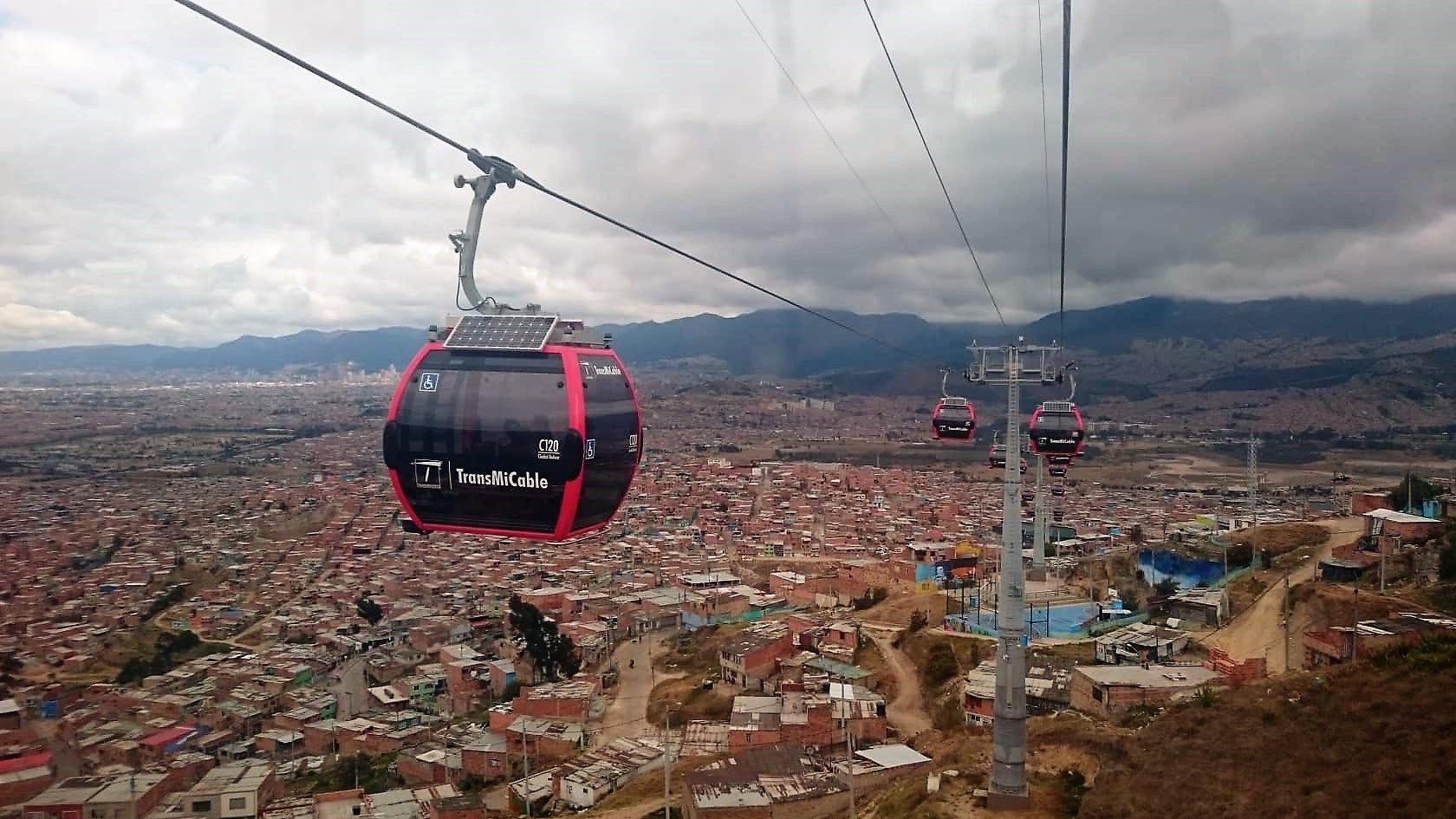
Day 1: Land in Bogotá, Acclimate & Feast
Arrive in the bustling capital and immediately question your fitness levels as you huff and puff through the high-altitude streets. Reward yourself with a warm bowl of ajiaco (chicken and potato soup) and sip on some local coffee—you’ll need it.
Day 2: Monserrate & La Candelaria Exploration
Take the cable car (or, if you’re feeling brave, hike) up Monserrate for panoramic views of Bogotá. Wander through La Candelaria, the city’s colorful historic district, and snap pics of its graffiti-covered walls before diving into an empanada-fueled coma.
Day 3: Gold Museum & Tejo – The National Sport of Beer & Explosives
Visit the Gold Museum to gawk at shiny things before heading to a local tejo hall, where you can throw metal discs at gunpowder-filled targets while drinking beer. It’s like cornhole… but way more dangerous.
Day 4: Fly to Medellín & Take the Medellín Metrocable to Comuna 13
Fly into Medellín, then take the city’s famous cable cars up to Comuna 13—once one of the most dangerous neighborhoods, now a vibrant street-art hub bursting with music and history.
Day 5: Plaza Botero, Parque Arví & Poblado Nightlife

Gawk at the chonky sculptures in Plaza Botero before escaping the city heat with a nature escape to Parque Arví. End the day in Poblado, Medellín’s most tourist-friendly neighborhood, for cocktails and music.
Day 6: Guatapé & El Peñol Rock
Climb 740 steps up El Peñol for breathtaking views of Guatapé’s colorful landscape. Reward yourself with bandeja paisa, a meal so hefty it should come with a nap.
Day 7: Coffee Farm Tour & Flight to the Coast
Head into the Antioquian countryside for a hands-on coffee farm experience. Drink your body weight in fresh brews before hopping on a flight to Cartagena.
Week 2: The Caribbean Coast – Beaches, History & Island Hopping
Day 8: Cartagena & Sunset Drinks at Café del Mar
Arrive in the stunning walled city of Cartagena. Watch the sunset over the Caribbean with a cocktail in hand.
Day 9: Get Lost in Cartagena’s Old Town & Visit Castillo San Felipe
Wander the colonial streets, take Insta-worthy pics, and explore the largest Spanish fortress in the Americas.
Day 10: Boat Trip to the Rosario Islands

Sail off to the Rosario Islands for a day of beach hopping, snorkeling, and consuming alarming amounts of coconut-based drinks.
Day 11: Bus to Santa Marta & Chill
Take a bus to Santa Marta, the gateway to Tayrona National Park. Enjoy a relaxed evening by the coast.
Day 12: Tayrona National Park – Jungle Meets Beach
Spend the day hiking through lush jungle trails that open up to some of the most stunning beaches in South America. Swim, sunbathe, and live your best tropical life.
Day 13: Minca – Waterfalls & Coffee Farms

Head to the mountain town of Minca for waterfalls, scenic views, and another round of incredible coffee. Feel superior knowing you’ve found one of Colombia’s lesser-visited gems.
Day 14: Final Feast in Cartagena & Head Home
Return to Cartagena for one last hurrah. Pick up souvenirs like coffee, emeralds, or a poncho you’ll probably never wear again. Have a farewell feast of lechona (stuffed roasted pig) and then dance the night away.
Final Thoughts
Colombia is a country that has everything: beaches, mountains, jungles, culture, food, and some of the friendliest people on Earth. This itinerary ensures you experience the best of it in just two weeks, but don’t be afraid to mix things up and go with the flow—after all, magical realism isn’t just a literary genre here; it’s a way of life. ¡Buen viaje!
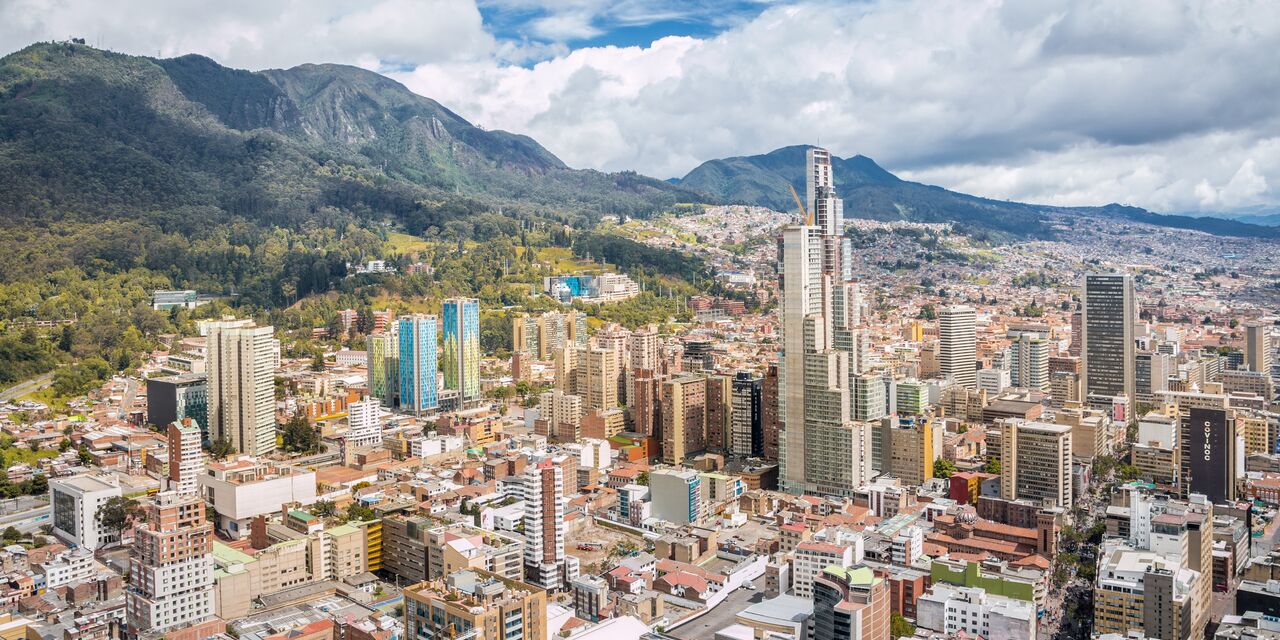
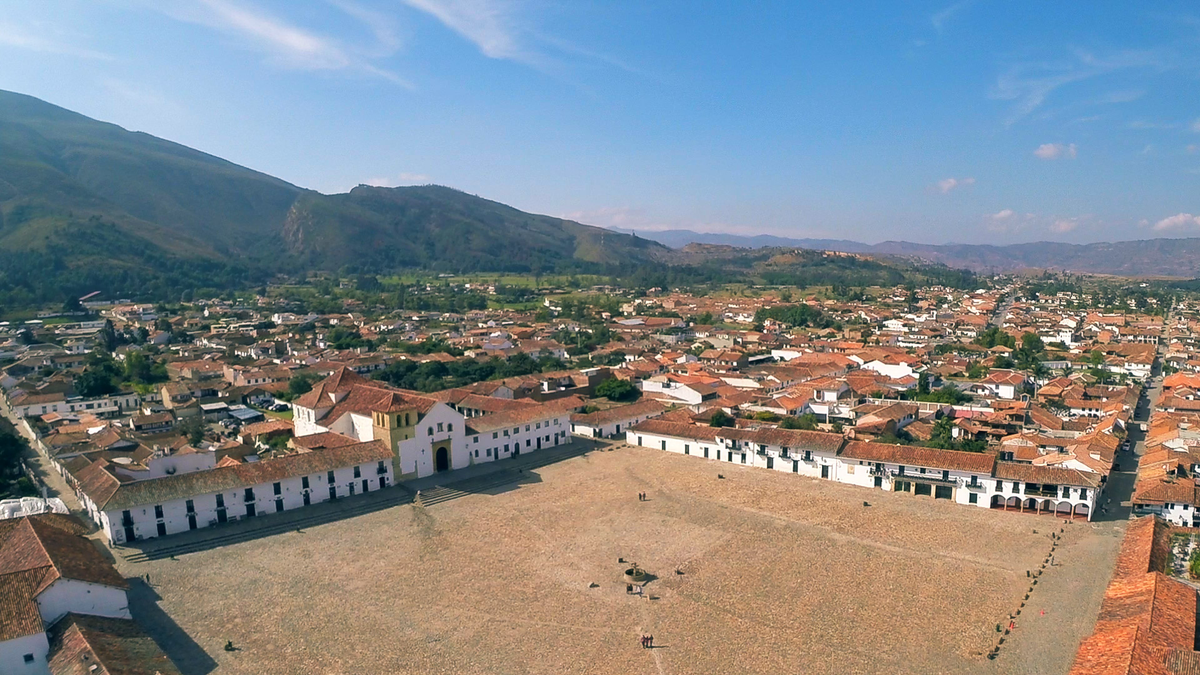



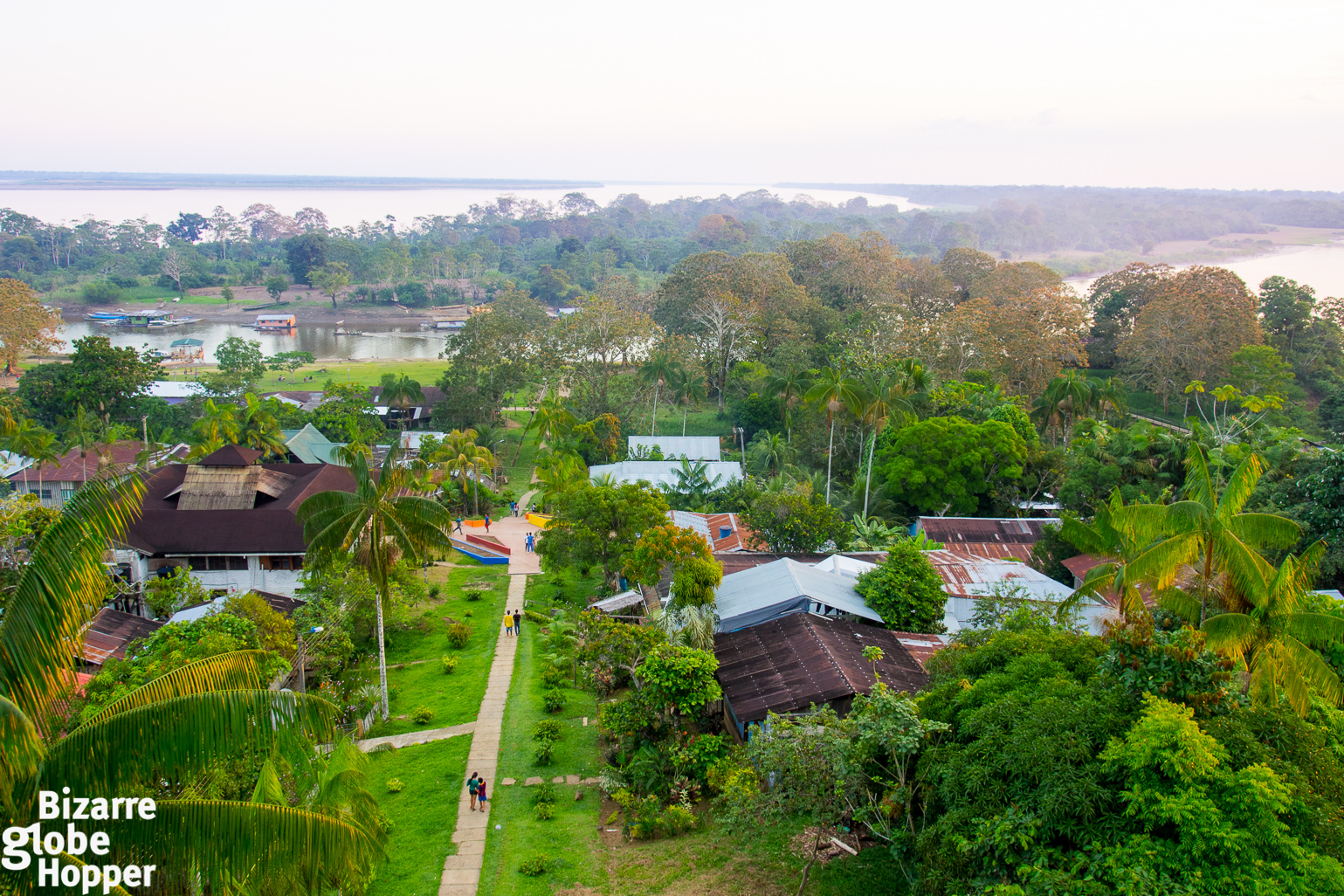
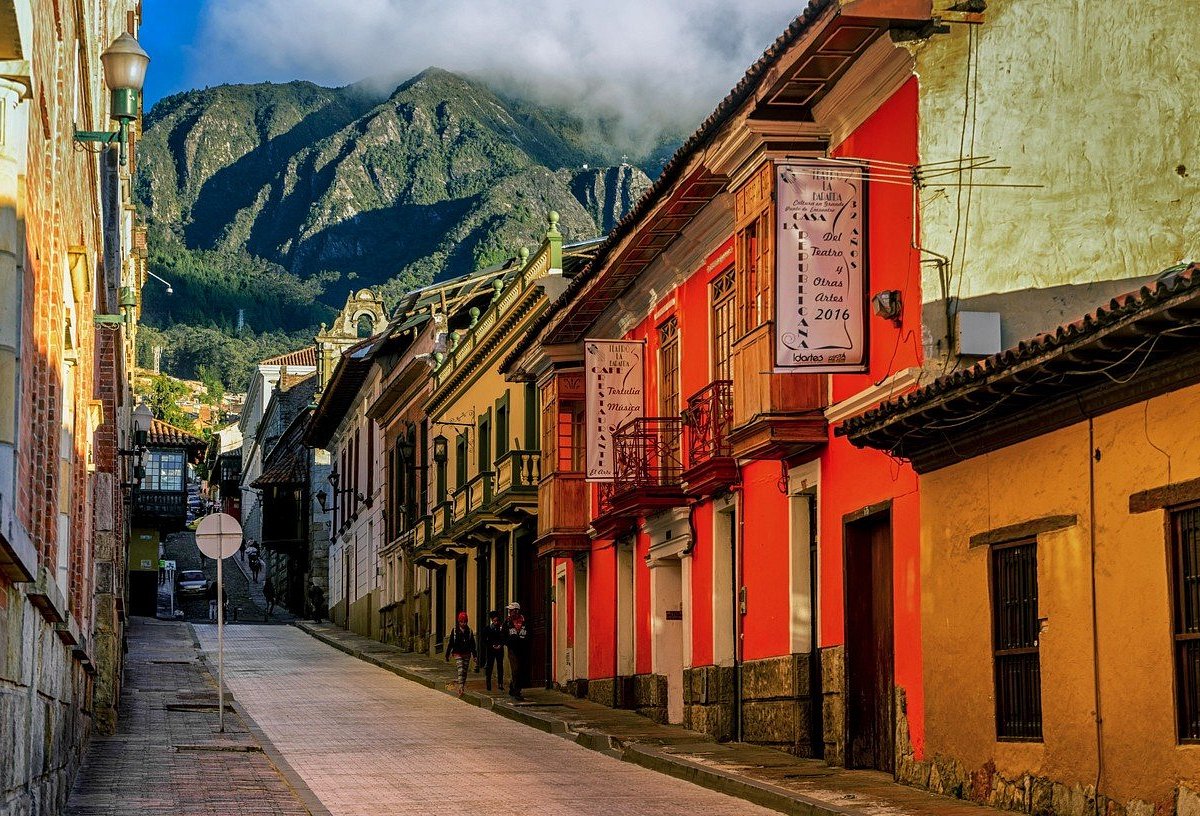
:max_bytes(150000):strip_icc()/colombian-chicken-and-potato-stew-4120146-hero-01-d6dcdf2fe44342d9893b25659ad041c7.jpg)

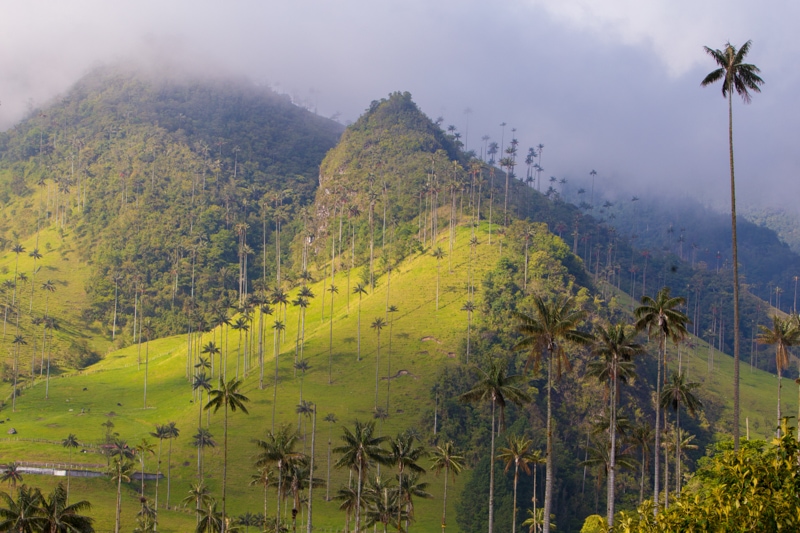


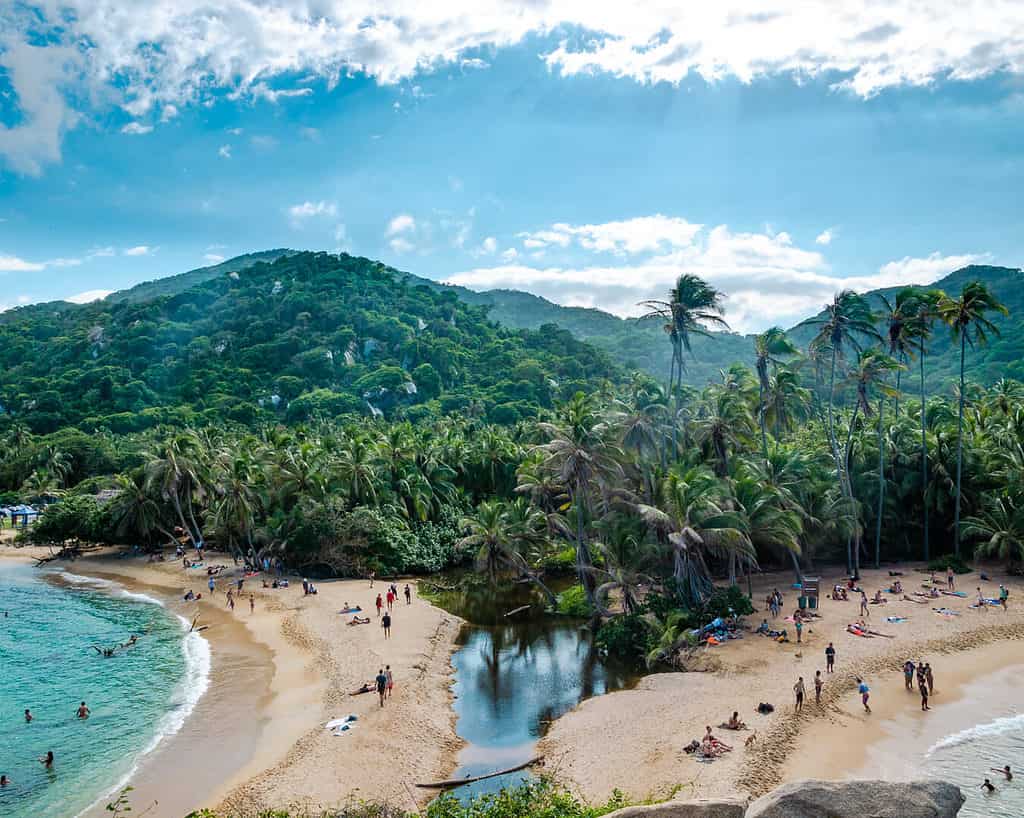

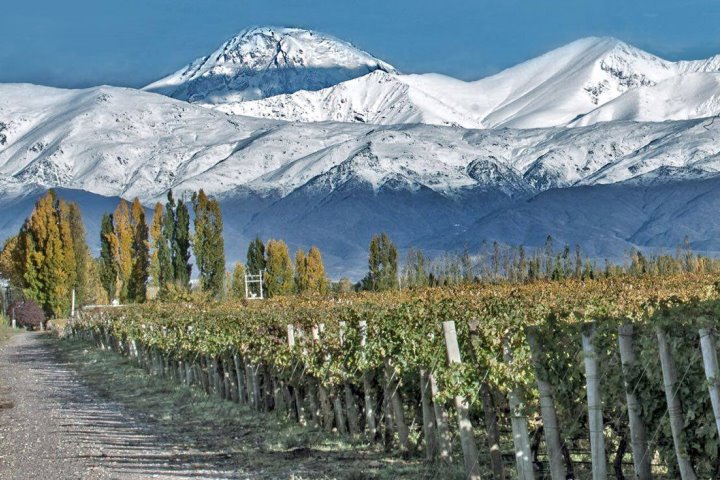
:max_bytes(150000):strip_icc()/llao-llao-hotel-BARI1219-b7658ab6091f431bba309b8557db815f.jpg)

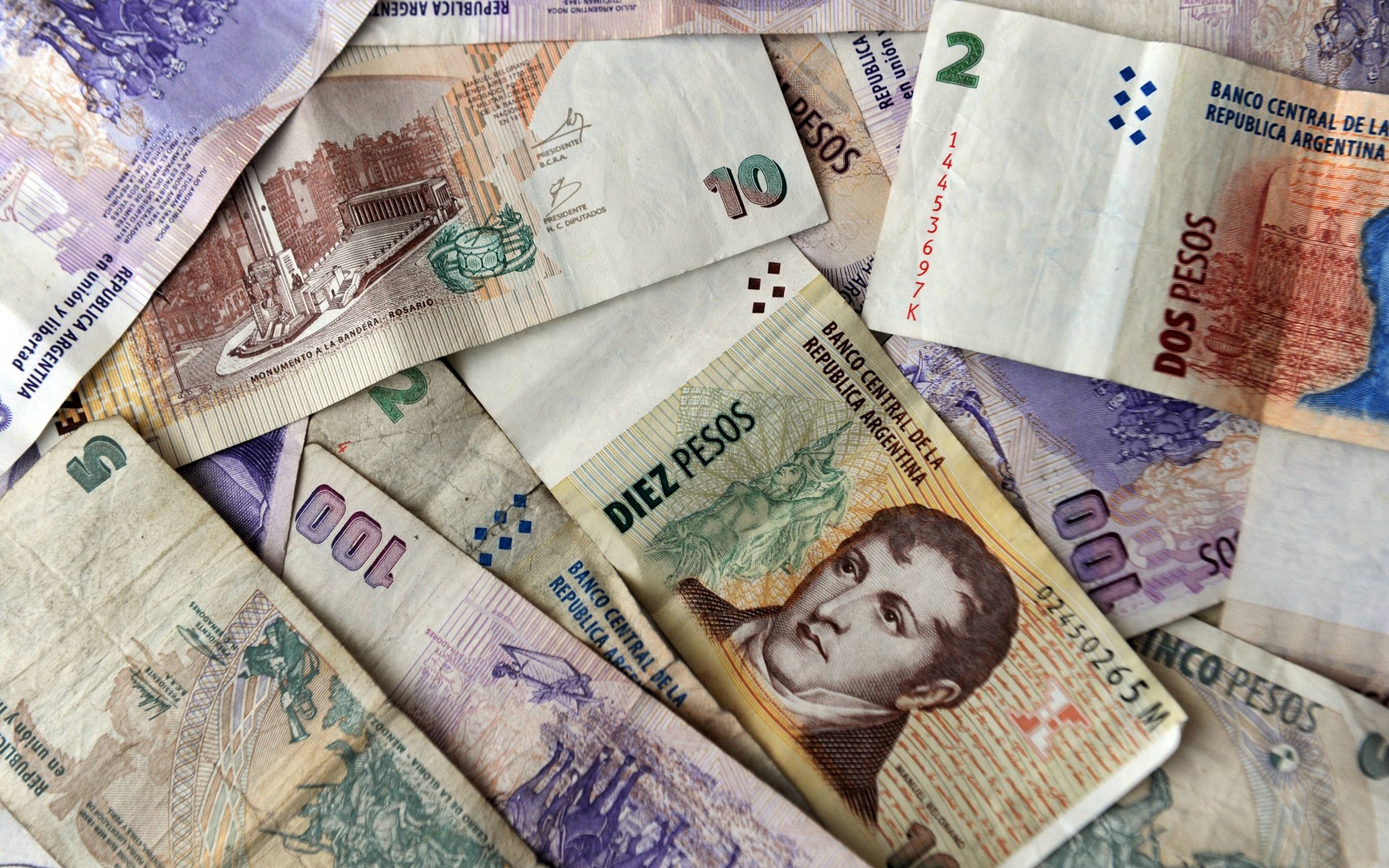

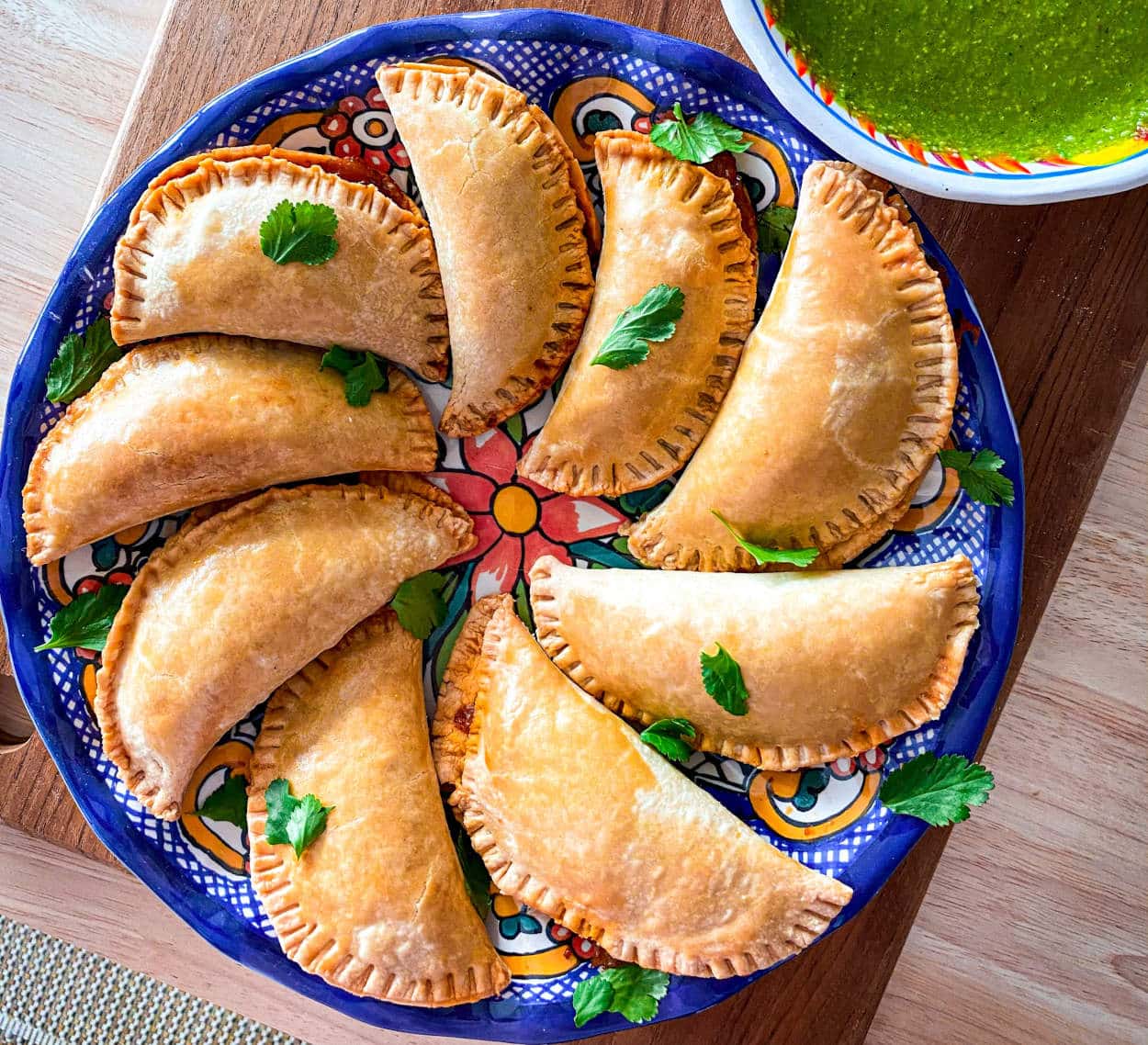



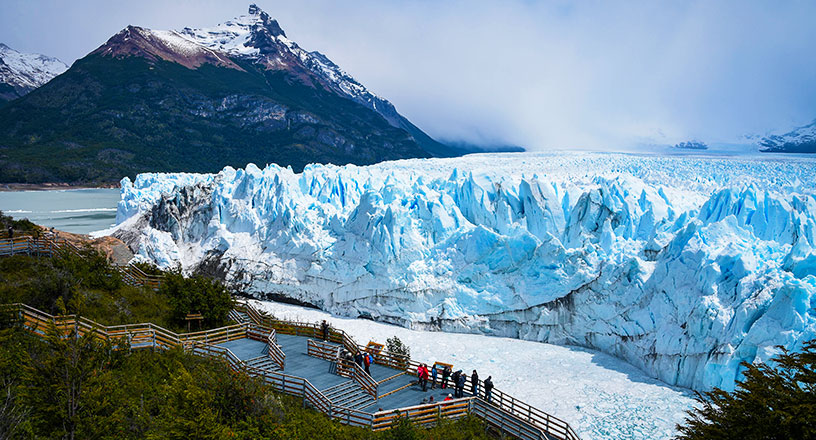

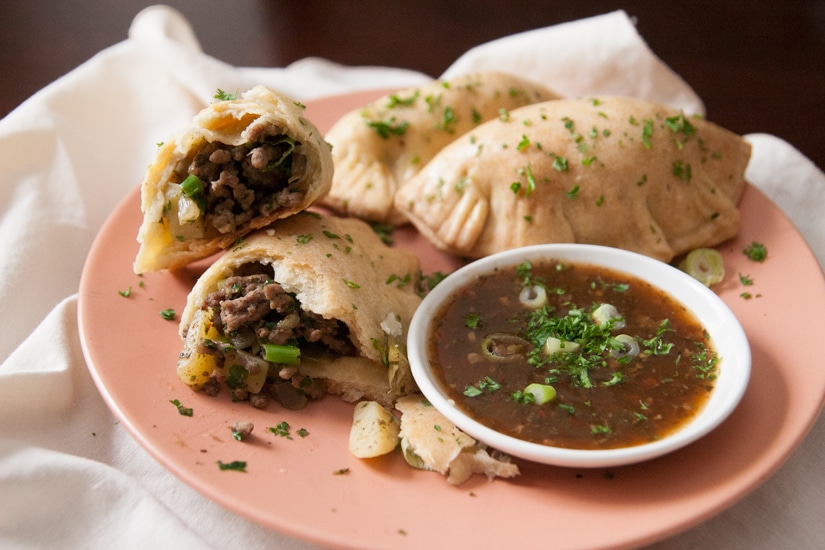
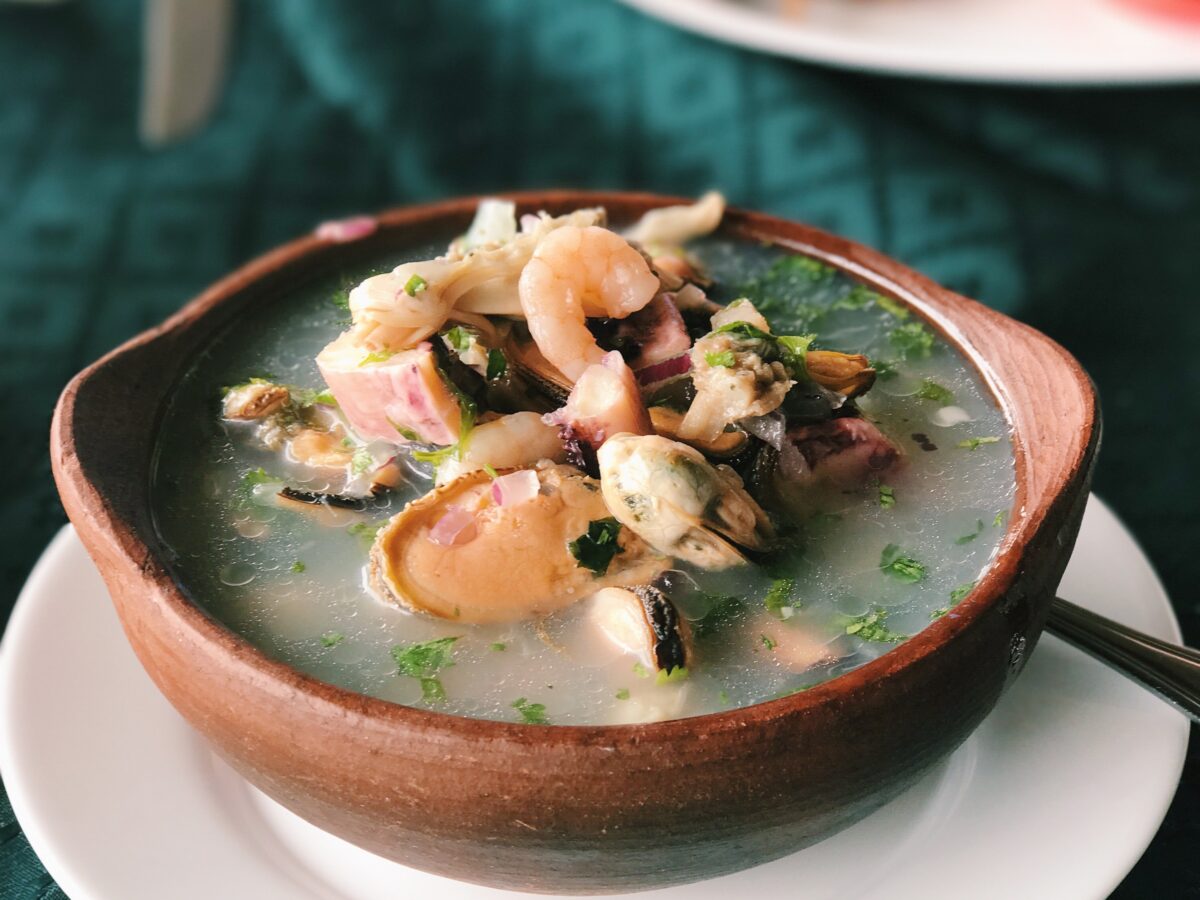
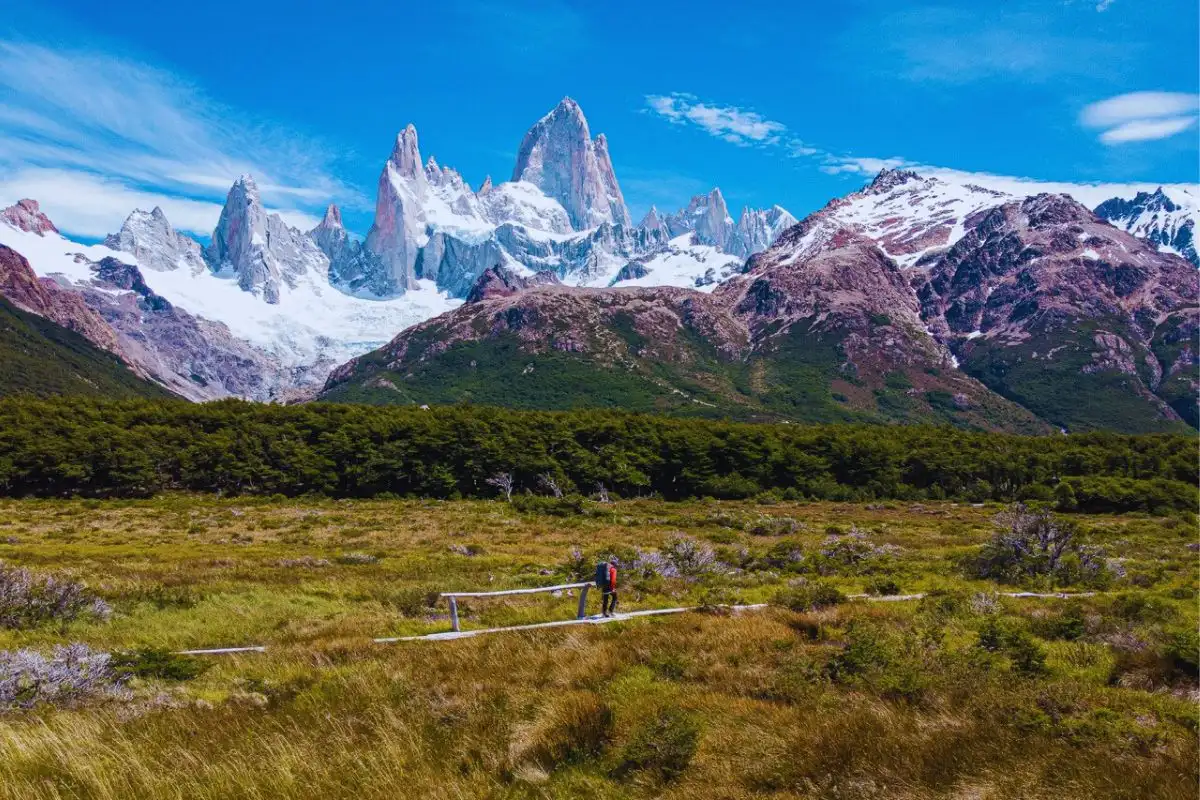
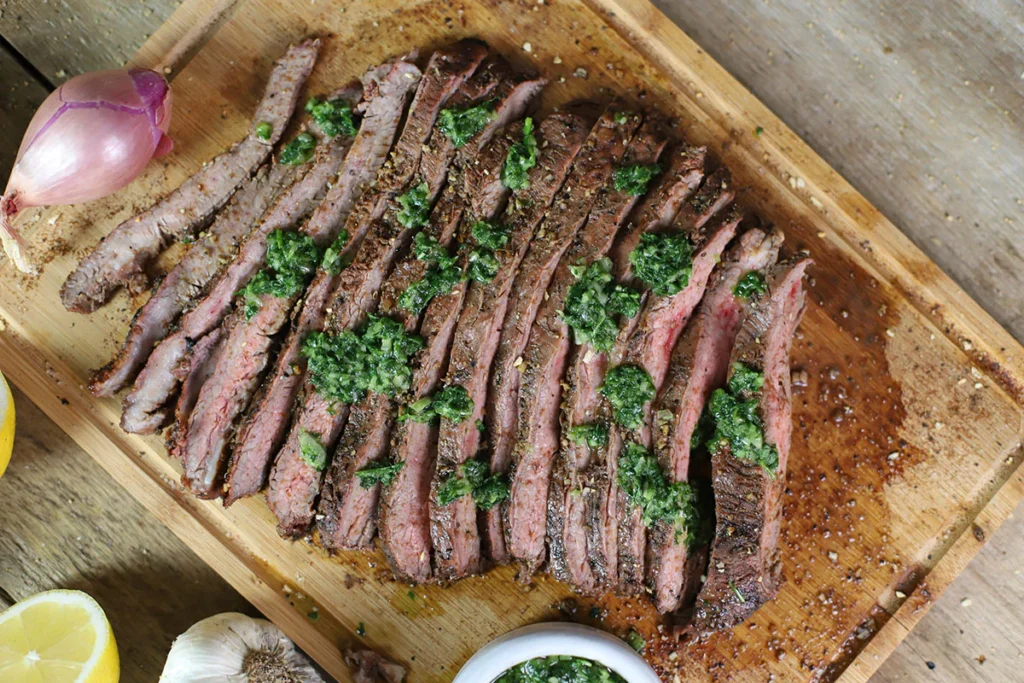





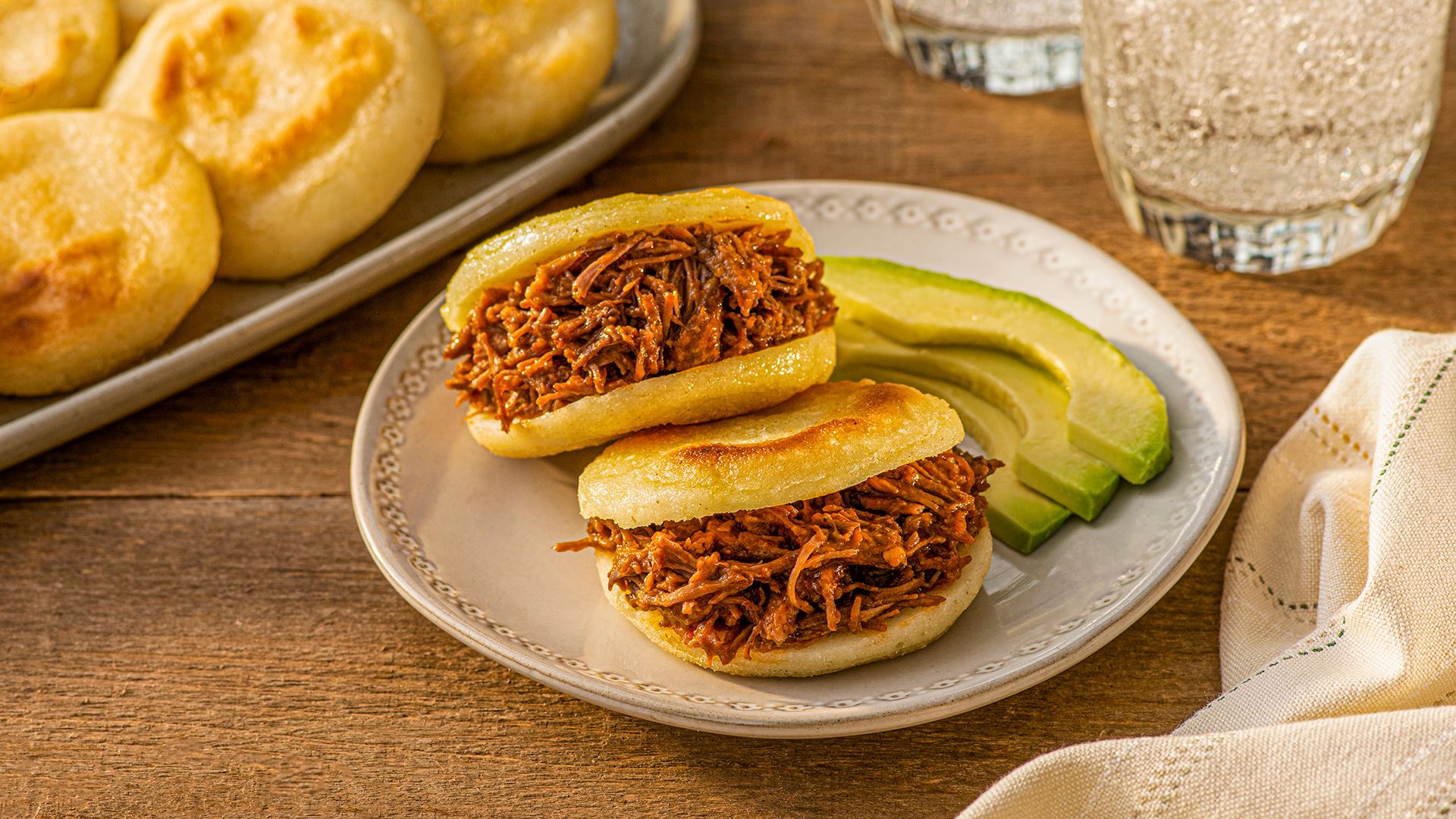



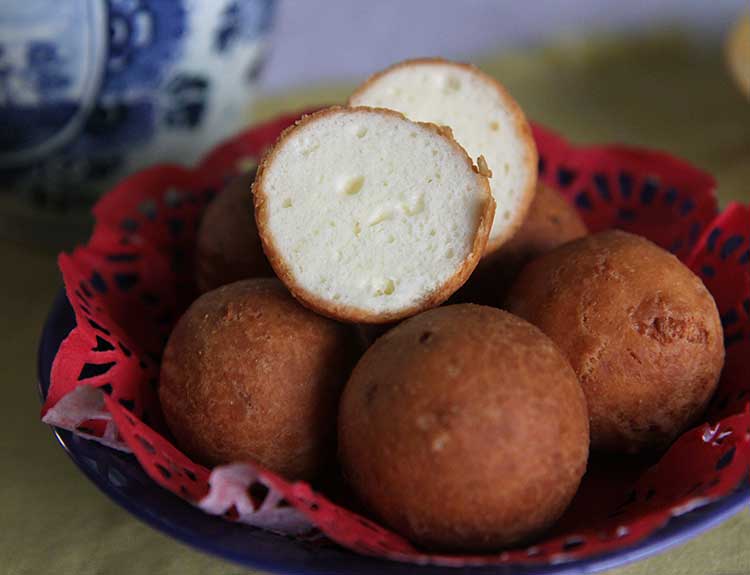

:max_bytes(150000):strip_icc()/AR-257186-puerto-rican-sancocho-DDMFS-2x1-beauty-b538eb9d4f4b4755b8757ef670db9246.jpg)
:max_bytes(150000):strip_icc()/__opt__aboutcom__coeus__resources__content_migration__serious_eats__seriouseats.com__recipes__images__2014__02__20140204-fried-plantain-guacamole-vegan-patacones-colombian-12-a344f2c9cab149b4a8e0dbd67d4358a7.jpg)